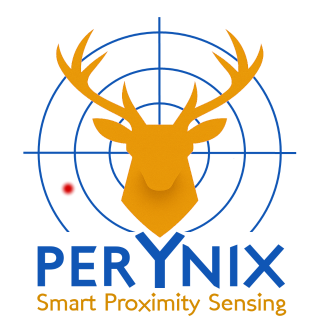Product Introduction
High-Speed Proximity Detection. Redefined.
Our advanced RADAR-based proximity sensor is engineered for scenarios where precision, speed, and adaptability matter most. Whether in ground-to-air drone interception, air-to-ground height detonation, or lateral detection, our sensor tracks targets moving at velocities up to 900 m/sec, making it ideal for proximity fuses.
Using multiple Tx and Rx antennas allow to shape the RADAR beam and to measure Angle of Arrival hence taking better impact decisions.
Key Specs:
- Velocity Detection: Up to 900 m/sec – for optimal impact prediction
- Detection range: 0.5-50m
- Measurement rate: up to 1000/sec
- Weight: 20 grams
- Power Consumption: <5W
- Form Factor: Compact, low-footprint design
- Detonation triggering: according to mission profile when target is in optimal / minimal range
- Use Cases: Anti drone missile fuse, air too ground optimal detonation
Benefits of RADAR
Why Choose RADAR Over Other Technologies?
- All-Weather Operation
Performs reliably in rain, fog, dust, and low light. - Penetrates Obstacles
Detects through foliage, smoke, and thin materials. - High Precision & Speed
Real-time updates and accurate object tracking at extreme velocities. - Low False Positive Rate
Engineered to differentiate between real threats and background noise. - Can detect variety of target materials
Soil, water, rocks, metal, plastic, wood
Customization Services and Tools
Tailored to Your Mission
We understands that each mission is unique. That’s why we offer professional services to customize our RADAR systems to your specific needs. From software tuning to hardware integration, our expert engineering team is here to help bring your vision to life.
Our enhanced proprietary toolbox include:
Simulation tools: allow to simulate variety of mission profiles to fine tune the beam shape and detection algorithm
- Emulation tools: allowing to capture row data (ADC samples) and feed them through the simulation to fine tune the algorithms on live data
- Telemetry tools: Allowing to send detection results as well as power spectrum maps from the proximity sensor to laptop showing the performance in real time and allowing off line analysis of field tests
